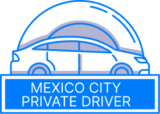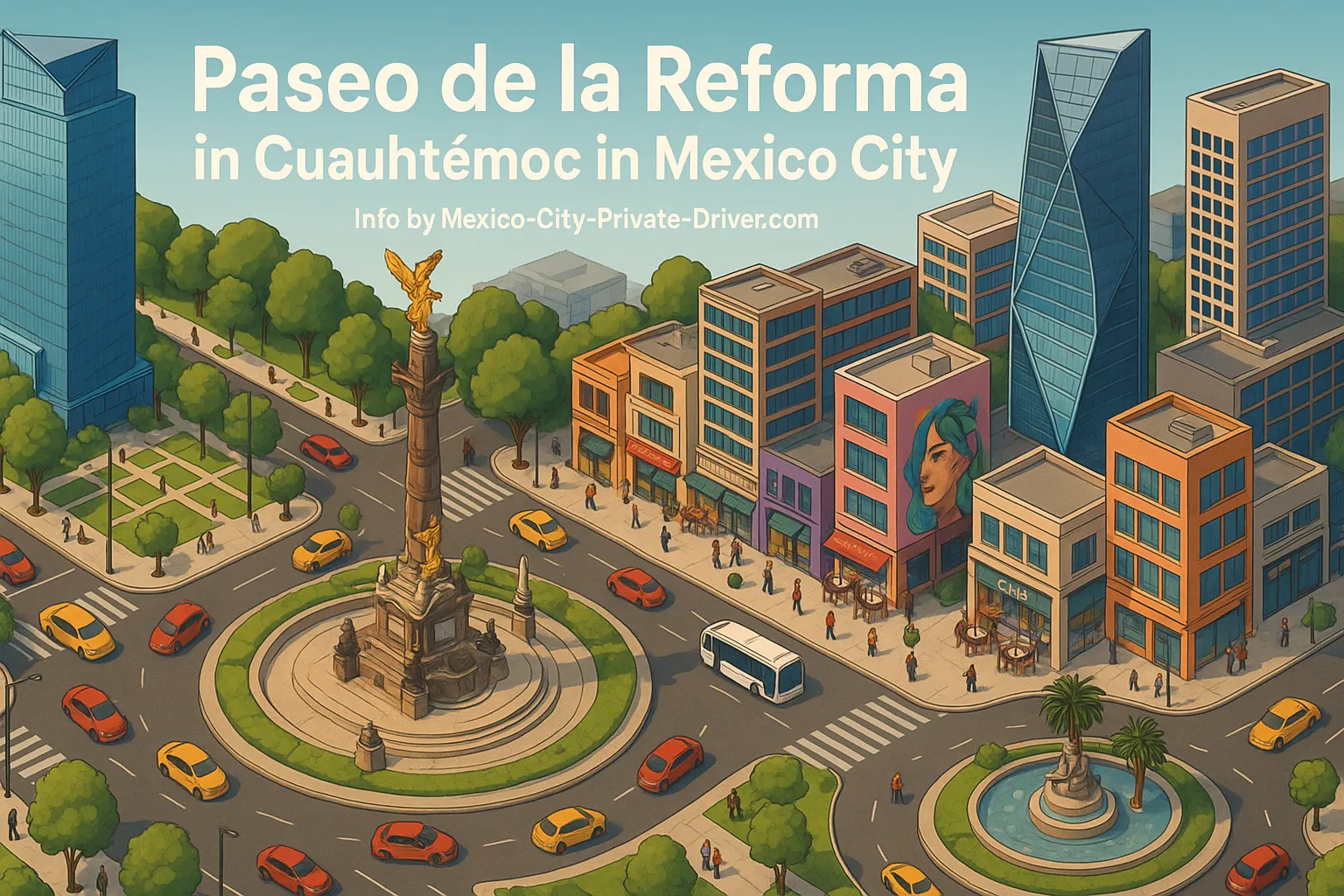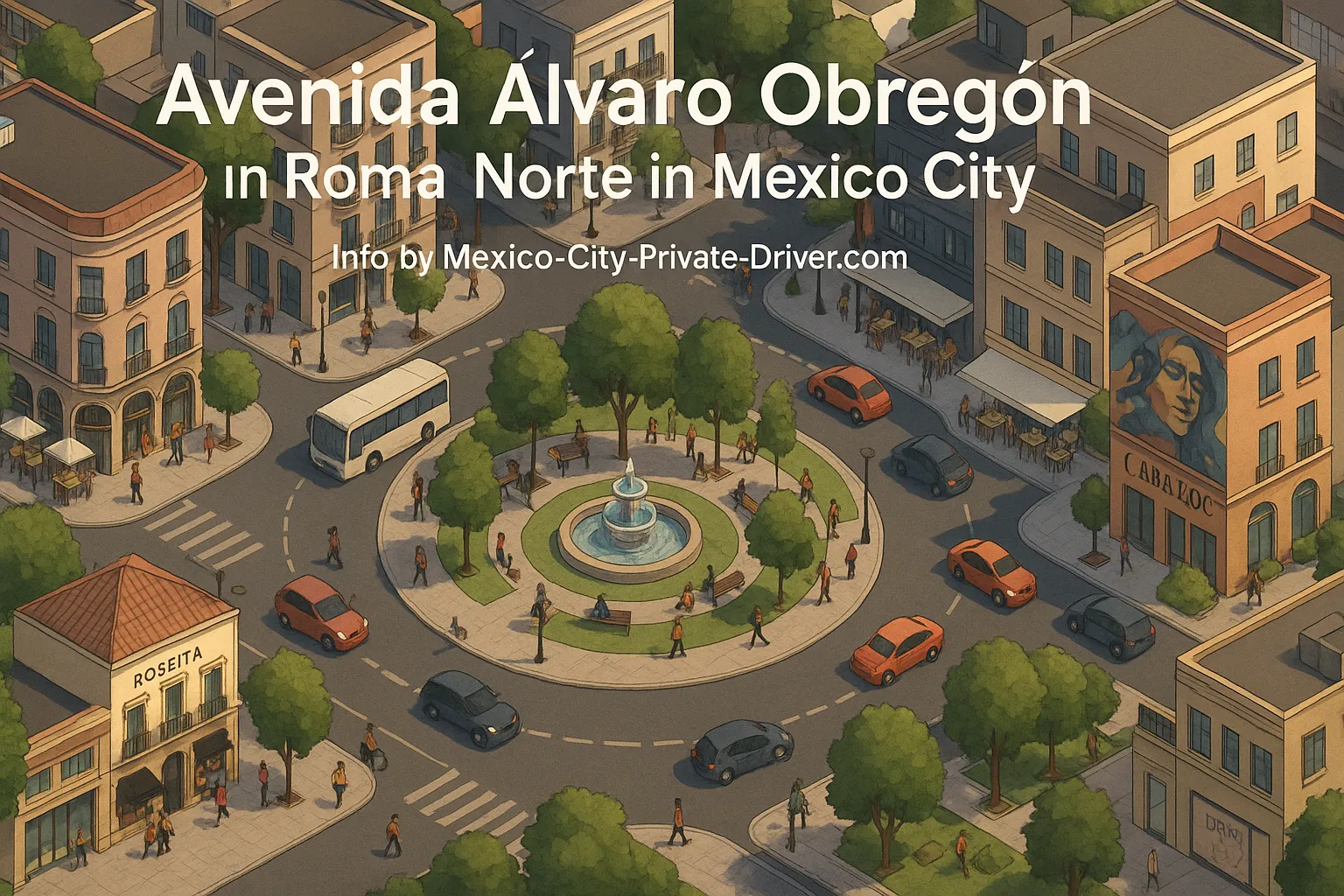Why I Write About Frida Kahlo in Coyoacán — A Driver’s Point of View
As the owner of Mexico-City-Private-Driver.com I drive guests to every corner of this enormous, deliciously chaotic city. But few places slow me down the way Coyoacán does — and within Coyoacán, the small streets and plazas that lead to the world-famous Frida Kahlo Museum (and the area often referred to by locals as “Frida’s neighborhood” or simply “Frida Kahlo in Coyoacán”) are among my favorite routes. Over the years I’ve learned where to drop guests, when to avoid the crowds, how to combine Frida’s corner of town with nearby neighborhoods like Condesa, Roma and Polanco, and which little detours turn a normal museum visit into a memorable day.
What “Frida Kahlo in Coyoacán” Means for Travelers
When people say “Frida Kahlo street” or “Avenida Frida Kahlo in Coyoacán,” they usually mean the area around the Museo Frida Kahlo — the Casa Azul in Colonia del Carmen and the network of narrow, historic streets that feed into Jardín Centenario and Plaza Hidalgo. That area includes cafés, artisanal shops, the Mercado de Coyoacán, and several small museums (including the Trotsky Museum and Viveros park a short drive away). For most visitors the center of gravity is the Casa Azul — the building and courtyard where Frida lived much of her life.
Key names you’ll encounter (useful for maps and searches)
- Museo Frida Kahlo (Casa Azul) — the principal attraction in Colonia del Carmen, Coyoacán
- Calle Londres — the street address for the Casa Azul entrance area
- Jardín Centenario & Plaza Hidalgo — central plazas in Coyoacán’s historic core
- Mercado de Coyoacán — the popular food and crafts market
- Leon Trotsky Museum — a short drive/walk from the Casa Azul
- Viveros de Coyoacán — large public park for a quiet walk
- Francisco Sosa and Miguel Ángel de Quevedo — important nearby arteries
- Nearby neighborhoods often combined with a visit: Condesa (Avenida Ámsterdam), Roma (Avenida Álvaro Obregón), Polanco
Practical Driving Details — How I Move Clients Around Frida’s Coyoacán
Driving in and out of Coyoacán requires local knowledge. The historic center is charming but narrow, and parking is limited. As a private driver I plan the route, the drop-off, and the parking before I open the car door.
Typical vehicle approach and drop-off
- Drop-off at Calle Londres or the main pedestrian access: I usually drop guests off as close as the museum gate permits — this keeps the walk short and avoids having clients circle for street parking.
- Short-term parking policy: I park in a permitted private lot or on a side street a short walk away — it’s safer and avoids fines. If a client prefers I wait nearby in a legal space.
- Avoiding the main square at peak hours: Plaza Hidalgo and Jardín Centenario can become congested, especially on weekends. I often leave clients in a quieter side street and pick them up 15–30 minutes later.
Traffic patterns you need to know (from my seat)
- Rush hours: Weekday mornings (7:30–9:30) and evenings (17:30–20:00) are heavy on main arteries like Avenida Insurgentes and Avenida Miguel Ángel de Quevedo. Plan for extra time coming from Condesa, Roma, Polanco, or the airport.
- Weekends: Saturdays and Sundays bring tourists and local families; mid-morning (10:00–13:30) is the busiest period around Frida Kahlo’s museum.
- Special days & festivals: Cultural events in Coyoacán (e.g., Día de Muertos, book fairs) tighten the streets and can close some access points. I’ll advise clients and route around closures.
Parking: what I do and what I recommend
- Minimal street parking: Street parking near the Casa Azul is scarce and often enforced. I avoid asking guests to hunt for curbside spaces.
- Private lots: There are paid parking lots near the Mercado de Coyoacán and on some side streets. They are typically safer and more predictable.
- Drop-and-wait: For short museum visits I will drop guests at the entrance and wait in a nearby legal parking area or in a staging lane if available. This option is the most time-efficient.
Getting There by Public Transport — Local Advice
If you prefer to mix public transport with private driving, I can drop you at a convenient transfer point. From my experience:
- Metro (Line 3): Stations like Viveros, Miguel Ángel de Quevedo and Coyoacán are the closest on Line 3, but they still require a walk or a short local taxi/ride to the museum. If you are staying in Condesa or Roma, the walk plus metro changes is often less convenient than a direct ride.
- Metrobus / Bus / Minibus: Multiple surface routes and minibuses (peseros/trufis) serve Coyoacán from surrounding neighborhoods. They are inexpensive but can be crowded and confusing for first-time visitors.
- Ride-hailing: Uber, Didi and other apps are widely used here — I coordinate with clients who prefer to mix my service with a ride-hail for last-mile flexibility.
Local Rules and Regulations — What I Watch For as a Licensed Driver
Some things clients don’t think about until they’re on the street: emission restrictions, local parking enforcement, and the need for permits for some commercial pickups. Here’s what I always check before I drive into Coyoacán:
- Hoy No Circula & environmental restrictions: Mexico City enforces vehicle restrictions on certain days based on license plates and emissions. I plan pickups taking these rules into account; if you rent a car, check with your provider.
- Loading/unloading zones: Certain streets permit only quick loading; I’ll use these when available to avoid tickets.
- Insurance & permits: My drivers and vehicles are insured and licensed for commercial passenger transport — an important difference from unregistered taxis for client safety.
Why a Private Driver Makes the Frida Kahlo Visit Better
People often ask, “Why hire a private driver when Coyoacán is walkable?” My short answer: comfort, timing, intel. As someone who runs a private driver service, here is what I consistently deliver to clients visiting Frida Kahlo’s Coyoacán:
- Flat-to-door drop-off: I get you dropped within a short walk of the museum entrance so you don’t spend precious time hunting for parking.
- Ticket coordination: I’ll remind you to buy timed-entry tickets to Casa Azul in advance (the museum often sells out) and can time the drive so you arrive with 10–15 minutes to spare.
- Flexible waiting and pick-up: Want me to wait? I’ll do it. Want a nearby café to explore while I run errands? No problem.
- Custom routes: Combine Frida with Trotsky Museum, Viveros, Anahuacalli or other neighborhoods like Condesa and Roma in a stress-free loop.
Best Times to Visit and How I Schedule Tours
From experience I recommend the following schedules if you want an efficient, crowd-minimized visit:
- Early morning (museum opening): Arrive for the first entry slot. The light is beautiful and you beat the worst of the crowd.
- Late afternoon (after 16:00): The crowds thin, and the light softens for photographs outside the Casa Azul.
- Avoid the weekend mid-morning peak: If possible, plan week-day visits or first-hour slots on weekends.
Sample itineraries I recommend
- Half-day: Frida + Mercado: Casa Azul (90–120 minutes) → stroll Jardín Centenario → lunch at Mercado de Coyoacán → short walk through Plaza Hidalgo → return to hotel in Condesa or Roma.
- Full-day: Frida + Trotsky + Viveros + Condesa detour: Casa Azul in the morning → Leon Trotsky Museum → Viveros park for a stroll → lunch in Condesa (Avenida Ámsterdam/Amsterdam Street area) → coffee in Roma on Avenida Álvaro Obregón.
- Luxury route: airport pickup → Frida → Polanco drop-off: Fly in, freshen up, head straight to Casa Azul for a cultural immersion, then transfer to Polanco hotels/residences for dinner or business meetings.
A “Wow” Story — The Early Morning Visit I’ll Never Forget
I always try to create moments, not just transfers. One early morning — my client had asked for a quiet visit and booked the earliest museum slot — we parked as the sky paled and entered before most tour groups arrived. Inside the Casa Azul’s courtyard the light made the blue walls almost electric. My client, a woman who had come to Mexico for the first time to see Frida, asked to sit for a few minutes and simply be silent. As she sat, an elderly local woman passed by, paused near the gate, and began to tell us softly about the time Frida and Diego once greeted her at a neighborhood fiesta. She had tears in her eyes. For the two of them, that small exchange — outside the gates, between two strangers from different generations — turned the visit from a museum trip into a shared human moment. I still remember the hush, the way the street outside felt like it belonged to history and to the present at the same time.
That is the kind of experience I aim to deliver: not merely logistics, but a way to enter the neighborhood with time to notice the details — the tiles, the vendors, and the people who carry its memory.
Insider Tips Only a Driver Would Know
Here are practical tips I give every client before we go:
- Buy timed tickets in advance: The Museo Frida Kahlo often sells out for popular time slots. Tickets are sold through the museum’s authorized channels; plan ahead so you’re not disappointed.
- Drop-off strategy: I’ll drop you as close to the gate as the traffic attendants allow; if you’d rather I wait, I’ll park in a private lot rather than risk fines on the curb.
- Cash for small vendors: Bring smaller bills for market snacks, taxis or tips; many small stands are cash-only.
- Comfortable shoes: Streets are cobbled in places and you’ll likely walk more than you expect.
- Weather and shade: Bring sun protection in summer — the plazas can get hot — and a light jacket in the winter evenings when the air cools quickly.
- Plan a late lunch or early dinner in Condesa: After an afternoon in C
Martin Weidemann is a digital transformation expert and entrepreneur with over 20 years of experience leading fintech and innovation projects. As a LinkedIn Top Voice in Digital Transformation and contributor to outlets like Forbes, he now brings that same expertise to travel and mobility in Mexico City through Mexico-City-Private-Driver.com. His focus: trustworthy service, local insights, and peace of mind for travelers.


